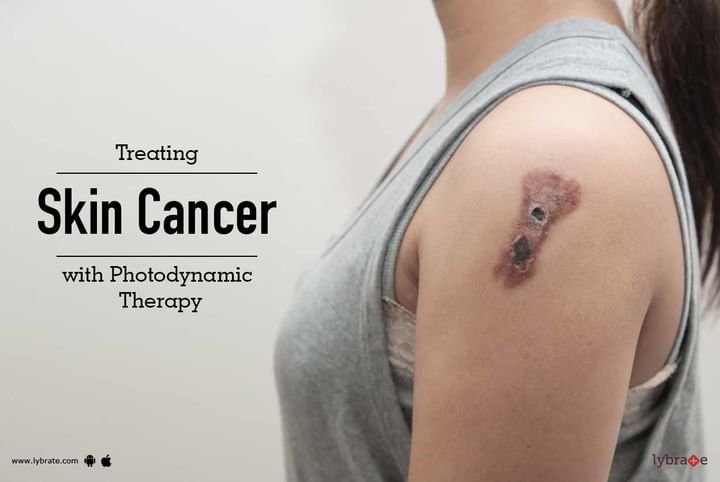Treating Skin Cancer with Photodynamic Therapy
Photodynamic therapy or PDT is a relatively new and non-invasive treatment for non melanomaskin cancer. It is mostly used in cases where the cancer is superficial and has not spread too deep. PDT is used mostly to treat Actinic Keratoses on the face and scalp, Basal cell carcinomas, Bowen’s disease, as well as other conditions such as head and neck, mouth, lung and gullet cancer.
How does it work?
This treatment involves the use of a drug known as photosensitize or a photosensitizing agent with a specific type of light. When the photosensitizing agents get exposed to a light of a specific wavelength, a form of oxygen is produced, which eliminates nearby cancer cells. Every photosensitizer gets activated by the special light. The wavelength of the light determines how much it can penetrate into the body.
Process of Photodynamic therapy
Skin cancer is cured by PDT in several steps. The first step involves the injection of a photosensitizer into the patient’s bloodstream. The blood cells absorb the agent all over the body, but in the cancer cells, it stays for a longer duration. Within 72 hours after the injection is given, the skin is exposed to light. The photosensitizer agent present in the cancer affected cells absorbs the light. An active oxygen form gets produced, which kills the cancer cells.
Other than killing the cancer cells directly, PDT uses two other ways to destroy cancerous tumors. The blood vessels in the tumor are affected, which leads to its death. The immune system also gets charged up and activated for fighting the cancer cells.
The light used for PDT is usually in the form of a laser. LEDs are also used to treat tumors present on the surface of the skin. The primary photosensitizing agent used in PDT is called porfimer sodium or Photofrin.
PDT can be undertaken in the outpatient department in a hospital. After taking the treatment, you have to keep the cancer affected area of the skin dry and covered for 36 hours. The area should be treated with care while showering. In case of thick skin lesions, repeat treatments are required within 4 weeks.
When is PDT used for skin cancer
PDT can be undertaken instead of surgery for treating basal cell cancer, Bowen’s disease and actinic keratosis. PDT is used in cases where surgeries are required. It is used to treat large skin cancers, which are not very deep and in the case when several cancers develop in an area. For many skin conditions, PDT is a better remedy than undergoing a surgery.
Advantages of PDT
- There are no long term side effects.
- The process is less invasive compared to surgery.
- A very short time is taken for this therapy to be undertaken.
- The process can be repeated several times in the same area.
- Very less scarring takes place in the affected area.
- The cost of this procedure is lesser than surgery.
If you wish to discuss about any specific problem, you can consult a dermatologist.
- The cost of this procedure is lesser than surgery.



+1.svg)
